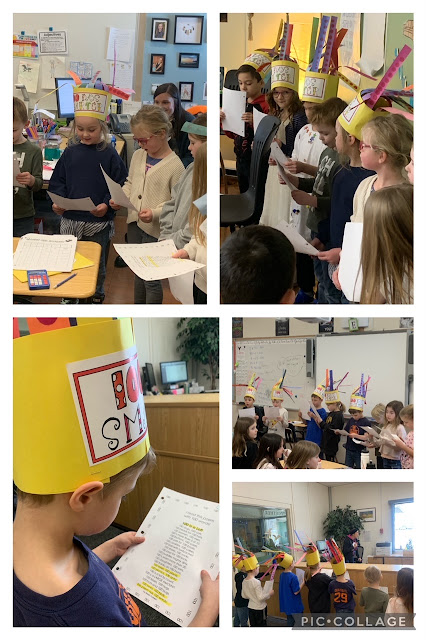This past Tuesday was Shrove Tuesday, a day of feasting and fun! On this day, we traditionally use up the rich foods in their fridge that are often not encouraged to be eaten during Lent, such as milk, eggs and butter. Add a little flour, and you have pancakes!
This was our prayer table earlier this week, before Lent began:
This is our prayer table, now that it is Lent:
Why the change? Ash Wednesday marks the beginning of the Lenten season. Lent is a time when we look at ourselves and try and see what can change and improve so that we can be more like Jesus. We take more time to pray, to ask forgiveness of our sins, and to share with others. For forty days we prepare for the new life of Easter.
Our Lenten wreath is brown and bare, symbolizing the desert where Jesus prayed for 40 days and also the crown of thorns. Can your child explain the symbols pictured on our wreath (purple ribbon, burlap cloth with a cross)? As we journey through Lent, we will add more symbols to help us better understand this liturgical season.
We participated in Ash Wednesday mass with Father Jim at OLPH Church. We all received ashes on our foreheads to remind us of Jesus' sacrifice for us.
Lent is a time of change; a change of mind and heart. May the 40 days of Lent help us prepare for the joy of Easter.


.jpg)



















